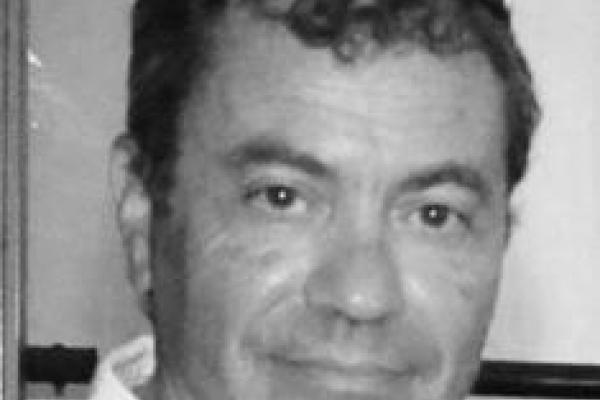
Scanning tunneling microscopy represents a powerful technique for studies of quantum interactions at the nanoscale. This presentation will cover several active research areas (nanophononics, nanoelectronics and nanomagnetism). The area of nanophononics has been advanced by experimental discoveries of vacuum phonon tunneling (PRL 2010) and optical phonon Bose-Einstein condensation (Sci. Rep. 2017). STM experiments on quasi-freestanding layers of 2D semiconductor revealed room-temperature optical phonon condensate mediated by phonon scattering and interaction at resonant defects. The real space Bose-Einstein condensation manifests in synchronization of phonon phases and formation of collective condensate phase with unusually large (macroscopic) coherence time. This coherent state of matter possibly plays an important role in quantum biology. The experimental study of nanomagnetism can be accomplished using spin-polarized version of STM. In this part, I will describe spin-polarized STM observation of atomically narrow magnetic domain boundaries and few-atom domains in 2D antiferromagnetic layers (PRB 2013). A practical use of few-atom magnetic domains may allow 100x more dense magnetic memory storage compared to present day technology. The possible formation mechanisms of these nanoscale spin structures will also be discussed. Nanoelectronics and imaging quantum electronic states is a traditional area of STM advances. In this part of presentation, I will review STM experiments on quasi-1D transport and high-resolution quantum electron tomography of thin metal films (PRLs 2012 and earlier). The topics will include nanoscale engineering invisible for tomography (cloaked) objects, the examples of super-resolution, and the discussion about quasi-1D many body physics behind these effects.
